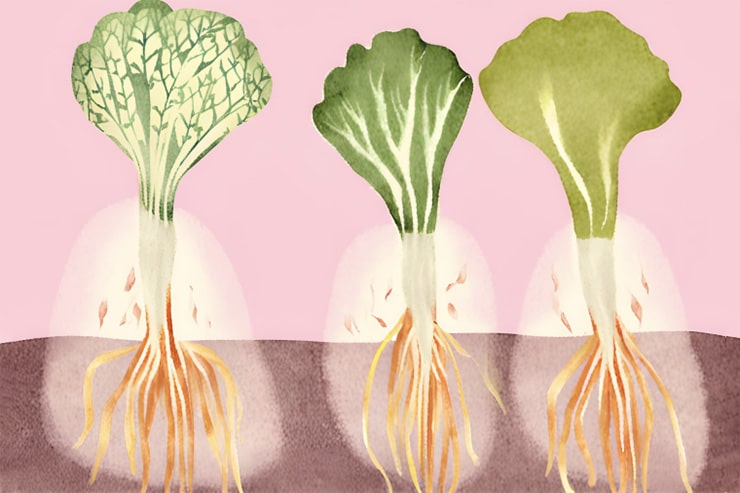Read by Matilda Longbottom

The sun was just peeking over the horizon as I stepped out into my garden, coffee mug in hand. The crisp morning air filled my lungs as I surveyed the tidy rows of vegetable plants, still heavy with morning dew. This was my favorite time of day, a peaceful moment to myself before the hustle and bustle began.
As I walked between the beds, occasionally bending down to pluck a weed or inspect a new blossom, my mind wandered to the very start of this garden—the seeds. To the casual observer, they were just tiny specks, easily overlooked. But to me, each seed represented a little miracle, a dormant life ready to burst forth under the right conditions.
I thought back to when I first started gardening, overwhelmed by the options in the seed catalogs. Hybrid, open-pollinated, heirloom—the terms were foreign to me. But over the years, I’d come to intimately understand the unique characteristics and stories behind each type.
The hybrid seeds were the workhorses of my garden. Carefully cross-bred over generations, they produced robust plants with specific traits suited for my microclimate. The ‘Early Girl’ tomatoes, for instance, were bred to ripen quickly and resist disease, ensuring a reliable harvest. The ‘Salad Bush’ cucumber, another hybrid, was perfect for my small garden, producing prolific yields of crisp cukes without taking up too much space.
But it was the open-pollinated seeds that really captured my imagination. These were the seeds that could be saved from year to year, passed down like cherished family heirlooms. Each generation adapted a bit more to the specific conditions of my garden, becoming increasingly resilient. The ‘Brandywine’ tomatoes and ‘Kentucky Wonder’ pole beans were living proof of this amazing adaptability. The ‘Detroit Dark Red’ beets, a stalwart open-pollinated variety introduced in 1892, thrived in my garden’s heavy soil.
And then there were the true heirloom seeds, each with a story reaching back through the decades, connecting me to gardeners past. The ‘Chioggia’ beets, with their candy-striped interiors, originated in Italy before 1840. The ‘Round Black Spanish’ radishes, with their spicy bite, were grown in the 1500s. The ‘Jenny Lind’ melon, a small, sweet variety, was introduced in 1846 and named after a famous singer of the time. When I bit into one of these, it was like tasting a bit of history.
I paused at the row of ‘Mortgage Lifter’ tomatoes, a beefy heirloom with a fascinating backstory. These were developed in the 1930s by a gardener named Radiator Charlie, who used the profits from selling the seedlings to pay off his mortgage. As I tied up the unruly vines, I marveled at how a simple plant could change the course of a life.
I often get asked whether hybrid or heirloom varieties are better. The truth is, it depends on your goals as a gardener. Hybrids offer uniformity and disease resistance, while heirlooms pack flavor and history. Me? I like to grow both, embracing the diversity.
As the sun climbed higher and the garden came alive with the buzz of pollinators, I finished my coffee and headed in to start the day. But those quiet moments in the garden, reflecting on the marvel of seeds, always stayed with me. They served as a reminder that no matter how much the world changes, the simple magic of a seed sprouting and growing endures. And I have the honor of being part of that magic, season after season. ❖
Which seeds fascinate you the most?


 Previous
Previous


